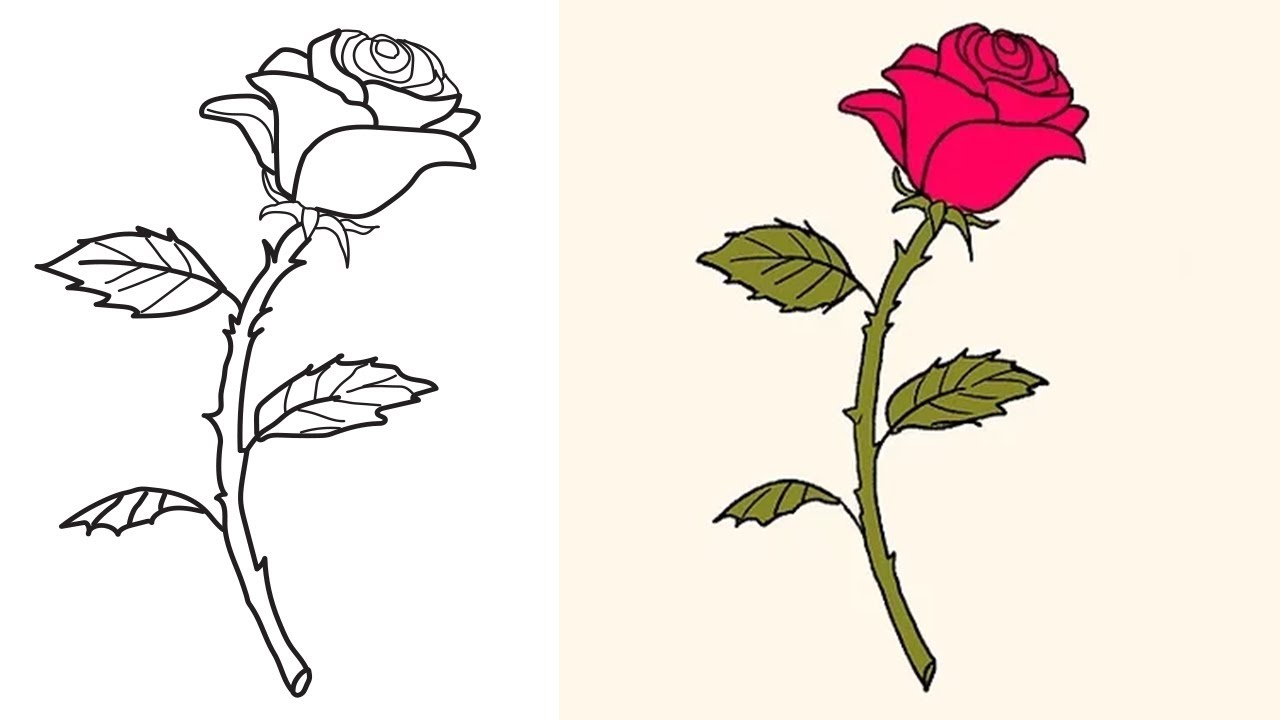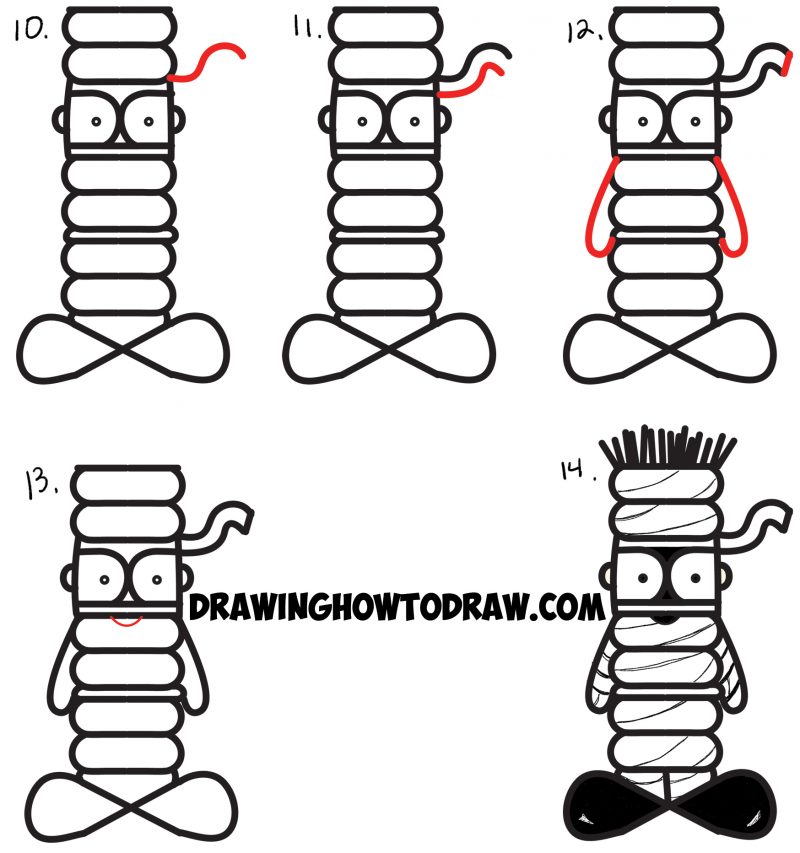How to shade basic forms 3d shapes step by step
Table of Contents
Table of Contents
In the world of art, 3D forms bring life and depth to a drawing or painting. However, for beginners, drawing 3D forms can be a daunting and overwhelming task. With the right techniques and guidance, anyone can learn how to draw 3D forms and take their art to the next level.
Do you struggle with creating depth in your art? Are you intimidated by complex shapes and shading? If so, you are not alone. Many artists struggle with the concept of 3D forms, but with practice and patience, anyone can master this skill.
To draw 3D forms, you first need to understand the basic principles of form and volume. Every object in the physical world has three dimensions: height, width, and depth. By understanding how light interacts with these dimensions, you can create the illusion of depth and volume in your art.
First, start by observing simple shapes such as cubes, spheres, and cylinders. These shapes create the foundation for more complex 3D forms. By understanding how the light reflects off of these basic shapes, you can begin to add shading and detail to your drawings.
My Personal Experience with Drawing 3D Forms
When I first started drawing, I was intimidated by complex 3D forms. However, by breaking down the forms into simple shapes and practicing with shading and perspective, I was able to improve my skills immensely. One helpful technique I learned was to use a light source to create highlights and shadows on my drawings. This technique helped me understand how to add depth and volume to my art.
Understanding Perspective in 3D Forms
One of the most important concepts in drawing 3D forms is perspective. Perspective is the use of a vanishing point to create the illusion of depth in your drawings. By understanding how to use perspective, you can create the illusion of objects appearing closer or farther away in your art.
One helpful exercise to practice perspective is to draw a simple box and add shading to create the illusion of depth. By using the concept of vanishing points and understanding how the light interacts with the box, you can create a realistic 3D form.
Shading Techniques for 3D Forms
Shading is an important aspect of drawing 3D forms. By adding areas of light and dark to your drawings, you can create the illusion of depth and volume. One helpful technique is to use cross-hatching to create shadows and highlights. Cross-hatching is the technique of using lines drawn in different directions to create texture and variation in shading.
Using Reference Materials to Improve Your Skills
One of the best ways to improve your skills in drawing 3D forms is to use reference materials. By observing real-life objects and studying how they interact with light, you can gain a deeper understanding of how to create realistic 3D forms. Some helpful reference materials include still life arrangements, photographs, and models.
Question and Answer
Q:
What are the best materials to use when drawing 3D forms?
A:
When drawing 3D forms, it is best to use a high-quality sketchbook or drawing paper, as well as pencils and shading tools such as charcoal, graphite, or pastels.
Q:
What are the most important principles to learn when drawing 3D forms?
A:
The most important principles to learn when drawing 3D forms are form, volume, perspective, and shading.
Q:
What is the best way to practice drawing 3D forms?
A:
The best way to practice drawing 3D forms is to start with simple shapes and gradually work your way up to more complex forms. It is also helpful to use reference materials and to practice regularly.
Q:
How can I improve my shading techniques when drawing 3D forms?
A:
One helpful way to improve your shading techniques is to practice cross-hatching and to study how light interacts with simple forms such as spheres, cylinders, and cubes.
Conclusion of How to Draw 3D Forms
Drawing 3D forms is a valuable skill for any artist to have. By understanding the principles of form, volume, perspective, and shading, and by practicing regularly, anyone can create realistic and dynamic 3D forms in their art. With the right techniques and dedication, you can take your art to the next level and bring your drawings to life.
Gallery
Imagine Art!: How To Draw 3D Shapes | Art Worksheets, Art Lessons, Art

Photo Credit by: bing.com / shading shawna imagineart
3 Ways To Draw In 3D - Pedalaman

Photo Credit by: bing.com / rapidfireart shadows
How To Shade Basic Forms ( 3D Shapes ) Step By Step | How To Shade

Photo Credit by: bing.com / shade shading
Sliced And Diced Form Drawing | Form Drawing, Geometric Shapes Drawing

Photo Credit by: bing.com / forms sliced diced shapes desenhos perspectiva sketching dice createartwithme freestyledrawing siterubix
Geometric 3D Forms… Value | Geometric Solids, Basic Shapes, Still

Photo Credit by: bing.com / geometric forms foam solids 3d shapes value drawing basic form nasco six piece electronicify amazon lessons choose board yahoo search






